Backyard ecology is a fun exercise a lot of people unknowingly participate in with outdoor hobbies. For example, some people sit outside on their patio and watch as the different birds come and visit the feeders they have set up. Bird watchers, for instance, watch mostly for no other reason than enjoyment and collect all sorts of useful information including different species, colors, feeding routines, and seasonal changes. All of this information, while maybe considered unimportant to the average bird feeder owner, is in fact the first step in formulating a hypothesis as part of the scientific process. In this first blog post I will make my own attempt at backyard ecology and will outline some of the steps I took to formulate my own questions for further study.
Location: Yard and woods on my property in front of my house. Surrounding area outside Williams Lake, British Columbia, Canada.
Location Size: The study area encompasses all of the property in front of my house leading up to the road including the gardens, driveway, yard, and wooded areas. Total size is around 940 square meters as calculated using google earth measurements.
Vegetation: Mostly grassy in the yard with different species including some clover like plants, dandelions and low thistles. The wooded area surrounding the yard included saskatoon shrubs, soap berry shrubs, as well as deciduous and coniferous trees.
Time: 2:50pm, April 03rd, 2024 (Second day of Observation)
Season: Beginning of Spring
Weather: Overcast
Temperature: 5° C
Observations:
- Grass and assortment of low ground plants by the house are greener than the rest of my front yard.
- Under the trees in the yard there are large bare spots where grass is stunted or gone.
- Moss grows interspersed throughout the grass.
- There are spots of disturbed dirt throughout the grass.
- Different heights of the lawn may impact plant growth.
- A crowding of one type of yarrow like plant by the wooden barrier around the yard.
- Birds like feeding on worms in the yard.
- Cones and tree debris are found in denser quantities around the trees in the yard.
Questions:
- Why is the grass greener bordering the house and wooden barrier surrounding the yard? Does topography influence this?
- Is moss distribution influenced by shade, ground height, ground disturbance or surrounding species?
- Why is the area under the trees in the lawn barer than other places? Distribution of nutrients present in the soil here versus out in the open areas?
Pictures:
Field Journal

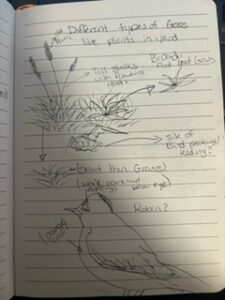
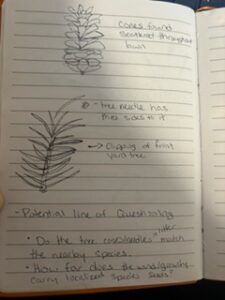

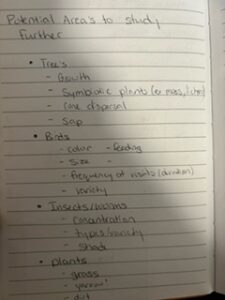
Pictures of the Target Location
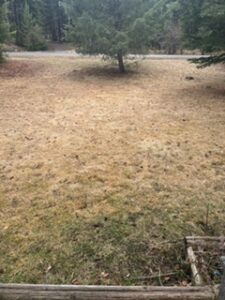
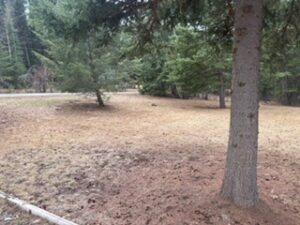

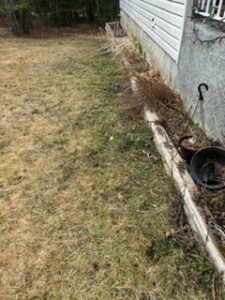


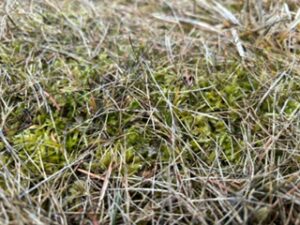
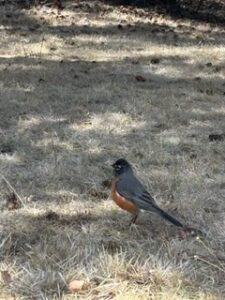
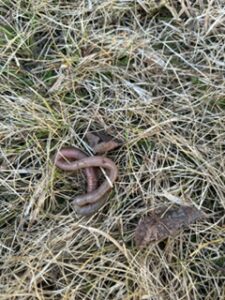
Great first post and yards can certainly work as field projects. Insects are another good study object when you have a smaller area.